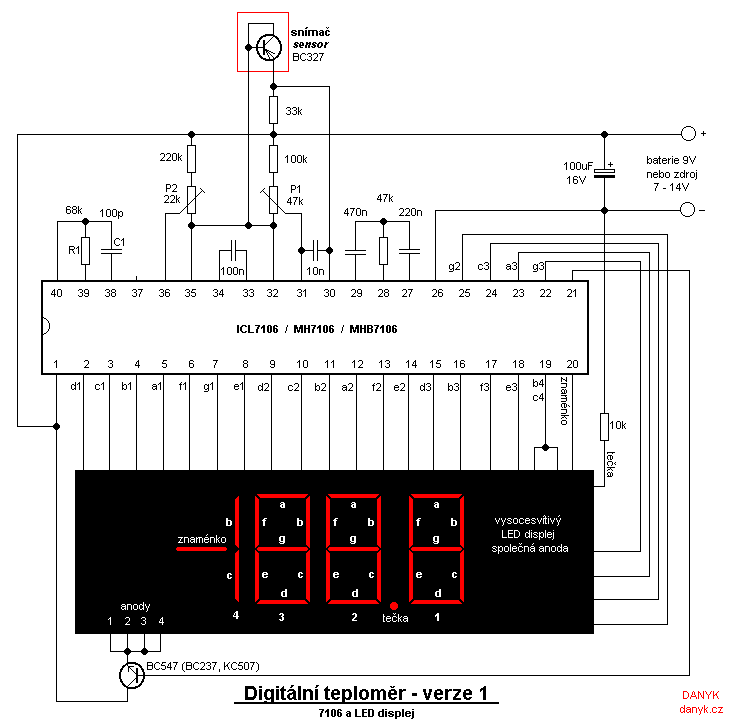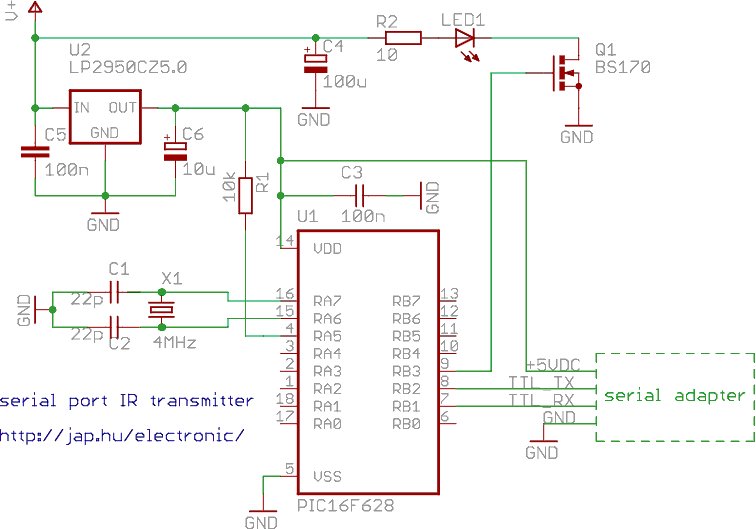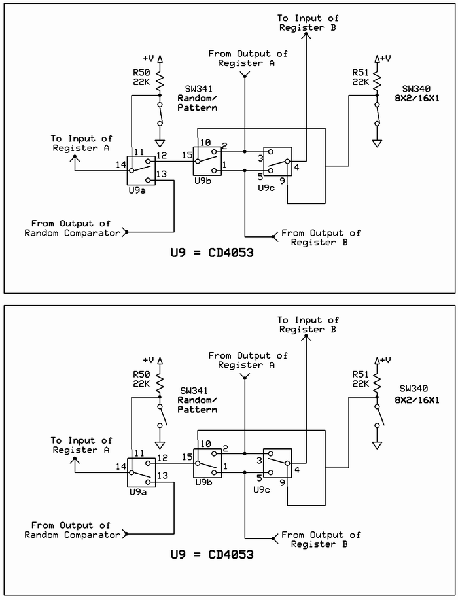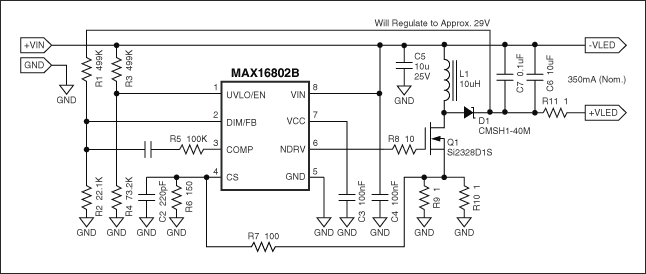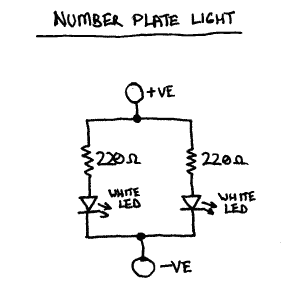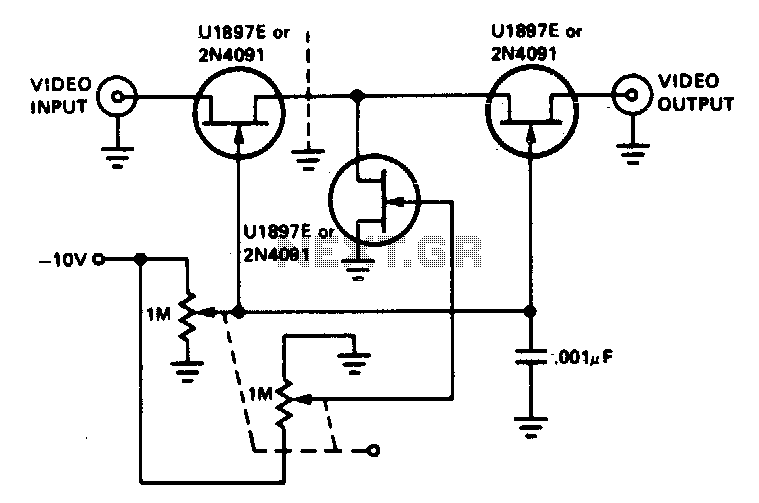
16 Stage Bi-Directional LED Sequencer
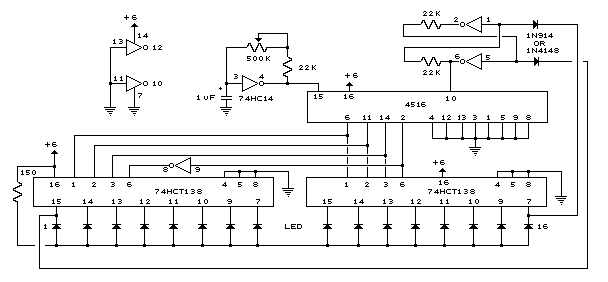
The bi-directional sequencer employs a 4-bit binary up/down counter (CD4516) and two "1 of 8 line decoders" (74HC138 or 74HCT138) to produce the widely recognized Nigh.
The bi-directional sequencer circuit is designed to manage the sequencing of outputs based on a 4-bit binary up/down counter, specifically utilizing the CD4516 integrated circuit. This counter can increment or decrement its value based on a control signal, allowing for versatile operation in applications requiring sequence control. The counter's output is connected to two "1 of 8" line decoders, which can be either the 74HC138 or the 74HCT138. These decoders translate the binary output of the counter into a single active output line, enabling the selection of one out of eight possible outputs.
In this configuration, the CD4516 counter provides a binary count from 0 to 15, facilitating a wide range of outputs. The line decoders further expand the functionality by allowing for multiple output lines to be activated based on the current count. This is particularly useful in applications such as LED control, where each output can drive a separate LED or other devices in a sequence.
The design requires careful consideration of the timing and control signals to ensure that the counter accurately reflects the desired counting direction (up or down) and that the line decoders respond correctly to the counter's output. Proper power supply decoupling and signal integrity measures should be implemented to maintain reliable operation. Additionally, the circuit can be enhanced with features such as reset functionality, enabling the sequencer to return to a known state, and manual control inputs for user-defined sequencing.
Overall, this bi-directional sequencer provides a robust solution for applications requiring precise control over multiple outputs in a defined sequence.The bi-directional sequencer uses a 4 bit binary up/down counter (CD4516) and two “1 of 8 line decoders“74HC138 or 74HCT138) to generate the popular Nigh.. 🔗 External reference
The bi-directional sequencer circuit is designed to manage the sequencing of outputs based on a 4-bit binary up/down counter, specifically utilizing the CD4516 integrated circuit. This counter can increment or decrement its value based on a control signal, allowing for versatile operation in applications requiring sequence control. The counter's output is connected to two "1 of 8" line decoders, which can be either the 74HC138 or the 74HCT138. These decoders translate the binary output of the counter into a single active output line, enabling the selection of one out of eight possible outputs.
In this configuration, the CD4516 counter provides a binary count from 0 to 15, facilitating a wide range of outputs. The line decoders further expand the functionality by allowing for multiple output lines to be activated based on the current count. This is particularly useful in applications such as LED control, where each output can drive a separate LED or other devices in a sequence.
The design requires careful consideration of the timing and control signals to ensure that the counter accurately reflects the desired counting direction (up or down) and that the line decoders respond correctly to the counter's output. Proper power supply decoupling and signal integrity measures should be implemented to maintain reliable operation. Additionally, the circuit can be enhanced with features such as reset functionality, enabling the sequencer to return to a known state, and manual control inputs for user-defined sequencing.
Overall, this bi-directional sequencer provides a robust solution for applications requiring precise control over multiple outputs in a defined sequence.The bi-directional sequencer uses a 4 bit binary up/down counter (CD4516) and two “1 of 8 line decoders“74HC138 or 74HCT138) to generate the popular Nigh.. 🔗 External reference
